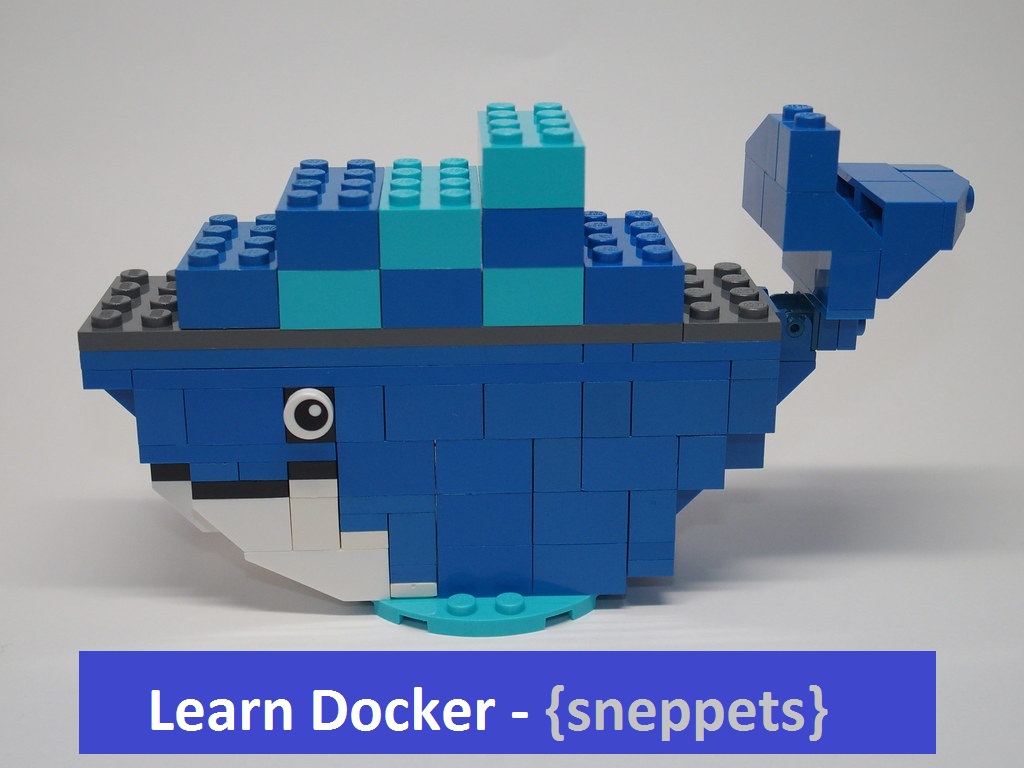How to list the directories inside the docker container ?
This tutorial guides you on how to list the directories inside the docker container. Let’s use standard ubuntu container image for this exercise.
List directories inside the docker container
Before we learn how to list directories present inside the docker container, I would suggest to take a look about container’s Anatomy. Containers ultimately runs a processes. Docker provides many ways to run commands in containers. The following are the three basics ways to run containerized commands.
- Foreground Commands – Running commands in the foreground
- Interactive Commands – Running interactive commands in the foreground
- Background Commands – Running longer running commands in the background
Let’s use the standard ubuntu image as shown below for our example.
$ docker images REPOSITORY TAG IMAGE ID CREATED SIZE ubuntu latest adafef2e596e 3 days ago 73.9MB
Then run the following foreground command docker run ubuntu ls to list the directories inside the ubuntu container.
$ docker run ubuntu ls bin boot dev etc home lib lib32 lib64 libx32 media mnt opt proc root run sbin srv sys tmp usr var
After, the above command is run, the container is stopped (Exited) as shown below since the process is ended. You can see the container around by using the following command docker ps -a even though it is not running.
$ docker ps -a CONTAINER ID IMAGE COMMAND CREATED STATUS PORTS NAMES a7419d96a27f ubuntu "ls" About a minute ago Exited (0) About a minute ago sleepy_murdock
Since you don’t want to do anything with this container, because the process is ended/ finished, you can remove the container using the following command docker rm <container-id> as shown below.
$ docker rm a7419d96a27f a7419d96a27f
You can also run the following docker run command with –rm docker run –rm ubuntu ls to automatically remove the container when it’s done.
$ docker run --rm ubuntu ls bin boot dev etc home lib lib32 lib64 libx32 media mnt opt proc root run sbin srv sys tmp usr var $ docker ps -a CONTAINER ID IMAGE COMMAND CREATED STATUS PORTS NAMES
That’s all. Hope it helped 🙂
Also See:
- Difference between Docker Images, Containers and Registries
- Add new user to the Docker container using Dockerfile
- What is the difference between Containers and VMs ?
- Docker images storage location
- How to check docker image contents after you pull a docker image
- Build a Docker Image with a Dockerfile and Cloud Build in GCP?

